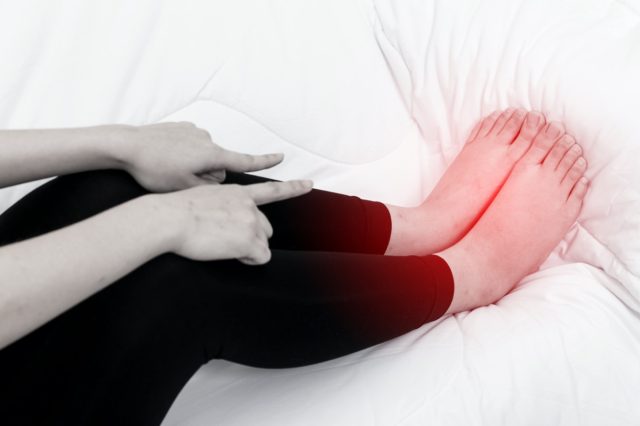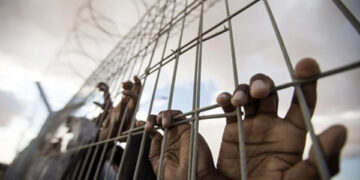Agencies – Gaza Post
Signs You Have a Blood Clot and Don’t Even Know it
A blood clot can save the day when you cut yourself because it prevents you from bleeding too much, but blood clots can also become life-threatening when they don’t dissolve. According to the Centers for Disease Control and Prevention, “As many as 100,000 people die of blood clots each year,” and “are a leading cause of death in people with cancer after the cancer itself.” Anyone is at risk for a blood clot and knowing the signs could be lifesaving. Eat This, Not That! Health spoke with Sean Marchese, MS, RN, a registered nurse at The Mesothelioma Center with a background in oncology clinical trials and over 20 years of direct patient care experience who shares what to know about blood clots and symptoms to watch out for. Read on—and to ensure your health and the health of others, don’t miss these Sure Signs You’ve Already Had COVID.
1-
What to Know About Blood Clots

Marchese tells us, “Blood clots can be a silent killer, manifest in many ways and lead to severe complications. Smoking, high blood pressure and certain medications, such as estrogen, can contribute to a higher risk of blood clots. Knowing the symptoms of blood clots can save your life before it becomes a pulmonary embolism or stroke.”
You Can Have a Blood Clot and Not Know it

Marchese explains, “Blood clots most commonly lodge in the legs and block oxygen to surrounding tissue. However, superficial or blood clots in areas without affected tissue can sometimes go unnoticed. Blood clots that do not produce symptoms are especially dangerous because, if untreated, they can still lead to severe lung or brain complications.”
Shortness of Breath or Dizziness

“After moderate to high activity, you may be more likely to ignore fatigue, sweating, shortness of breath or dizziness,” says Marchese. “However, these symptoms should not be missed if they persist and occur at rest or with light activity. A blood clot in the lungs is called a pulmonary embolism and blocks oxygen from entering the blood. A pulmonary embolism can be deadly if not treated quickly.”
Swelling, Pain, Color Change or Warm Skin in the Extremities

According to Marchese, “If unsure of the signs of a blood clot, you may misattribute a swollen or discolored skin area to a recent injury or ignore slight color or temperature change on your leg. However, these are telltale signs of deep vein thrombosis or a blood clot that has formed deep under the skin and is blocking blood to healthy tissue. If you experience one-sided sharp pain, redness, swelling or warm skin in a localized area, seek medical attention as soon as possible. A deep vein thrombosis can lead to pulmonary embolism or more severe issues, including gangrene.”
General Weakness, Nausea, Problems with Vision or Speech

Marchese says, “A blood clot can become trapped in the brain in the blood vessels narrowed by fatty deposits. They may also occur due to head trauma or physical blows that cause a concussion. As blood clots prevent oxygenated blood from reaching portions of the brain, you may feel dizzy, confused or have problems with vision or speech. Blood clots in the brain can cause a wide range of neurological issues, from general weakness to seizures. If you sense anything out of the ordinary, seek medical care as soon as possible.” And to protect your life and the lives of others, don’t visit any of these 35 Places You’re Most Likely to Catch COVID.






















